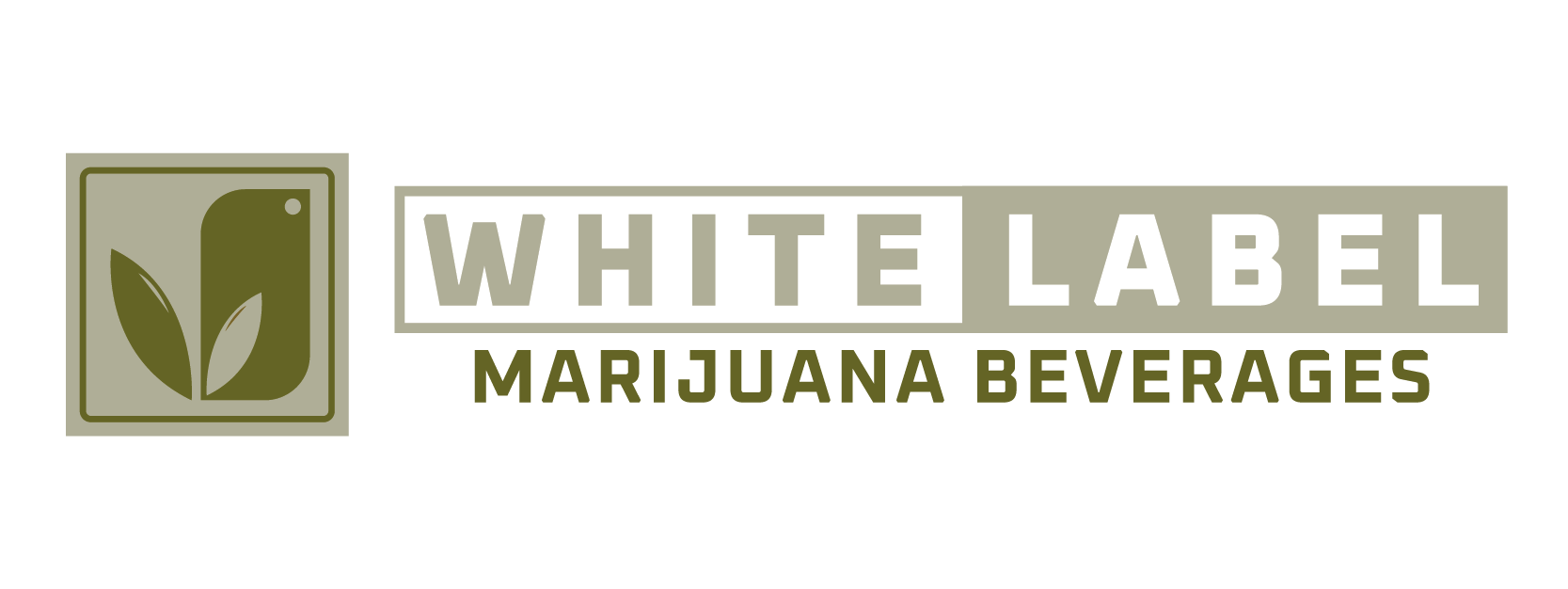White-label (sometimes called “private-label”) products are made by one company and sold under another company’s brand. In classic retail, that means a third-party manufacturer produces a ready-to-brand item that retailers customize lightly (name, packaging, minor tweaks) before selling it as their own. Private-label typically implies deeper, brand-specific specs; white-label skews more standardized—though the terms are often used interchangeably.
Applied to cannabis drinks, a white-label beverage is a pre-developed THC/CBD drink base (or finished formula) produced by a specialist manufacturer. Dispensary or lifestyle brands add their branding—and sometimes flavor or dose choices—then bring it to market. This model lets brands launch quicker, avoid building complex emulsion and beverage ops, and piggyback on partners with proven stability, safety, and scale.
Why consumers see more of these on shelves
Cannabis beverages remain a small but growing category—typically 1–3% of sales—yet they’re among the fastest-rising segments as new consumers look for a familiar, social format with controlled dosing. White-label supply shortens time-to-market and helps retailers and brands meet that demand with consistent, fairly priced options.
How white-label cannabis drinks “work”
Most modern infused beverages use emulsions (often nano-emulsions) to make oil-based cannabinoids disperse evenly in water and absorb more predictably. Compared to traditional edibles, quality emulsions can support quicker onset—often in the ~10–20 minute window—because smaller droplets form mixed micelles in the gut more readily, aiding absorption. (Onset still varies by person and product.)
What to check on the label
- Dose per serving & package: Many jurisdictions standardize edible/ beverage “servings” at 10 mg THC (some at 5 mg). Ohio, for example, caps beverages at 10 mg THC per container. Shoppers should verify serving math (mg per serving × servings per container) and start low if new to the category.
- Ingredients & emulsion type: Consistent potency depends on more than droplet size—formula, processing, and packaging all matter. Brands leaning on reputable emulsion providers often emphasize stability testing and homogeneity.
- Packaging: Container choice can impact flavor and potency over shelf life. Industry coverage notes glass can aid potency stability; can liners and certain plastics may interact with cannabinoids without the right formulation controls.
- Compliance statements: Look for required warnings, batch IDs, and testing info; states differ on serving declarations and hemp- vs. marijuana-derived THC rules. Recent Minnesota updates illustrate how serving-label rules keep evolving for hemp-derived drinks.
Pros for shoppers
- Predictable experiences: Standardized doses and dialed-in emulsions can offer more repeatable effects than many homemade or early-generation products.
- Better value and variety: Because white-label partners spread R&D across many clients, consumers often see competitive prices and a wide range of flavors and formats (seltzers, teas, enhancers).
- Faster innovation cycles: Brands can pilot flavors or low-/high-dose lines quickly, then scale winners.
Caveats to keep in mind
- Not all emulsions are equal: “Nano” on the label isn’t a guarantee of faster onset or long-term stability. Assess brands on transparency and testing, not buzzwords.
- Packaging trade-offs: If you notice off-flavors (e.g., metallic notes) or inconsistent effects over time, packaging–formula interactions may be at play—try another brand or format.
- Serving standards vary: A 5 mg “sessionable” drink and a 10 mg single-serve can look similar on shelf—read the panel and pace accordingly.
Bottom line
White-label marijuana beverages let brands deliver consistent, well-tested drinks without building factories from scratch—and that can mean more choice and value for consumers. Shop by verified dosing, clear testing info, reputable emulsion partners, and packaging that preserves potency, then start low and go slow until you know your personal response.
